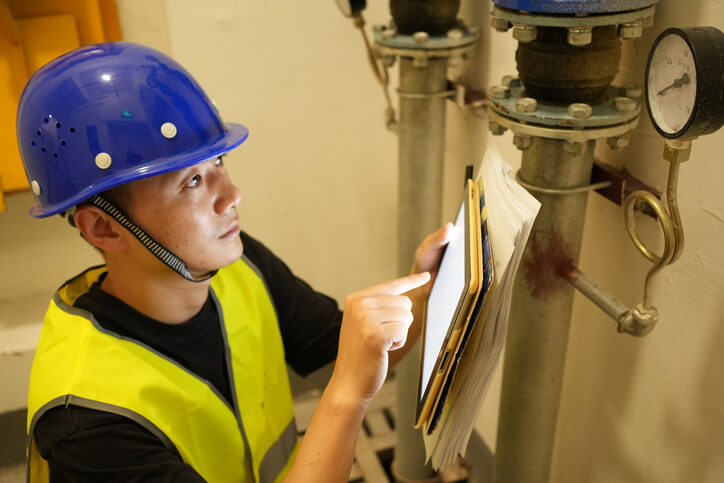4 Red Flags To Look Out For in Basements After Home Inspection Training
June 28, 2023
Basements are an integral part of a home. They provide useful storage space, serve as a foundation for the entire structure, and house most of the home’s key functioning systems. Despite all of these, though, potential homebuyers tend to spend the least amount of time in basements and typically fail to notice issues with them.
As is often the case, this can be a mistake; a troubled basement is a fertile breeding ground for sickness-causing mould. It can also pose a fire hazard in the future, or, at the very least, cause homeowners to spend a lot on repairs. During your inspections, you’re responsible for making sure that your clients don’t fall into these types of traps. In this blog post, we will discuss four common red flags to look out for during basement inspections after your training.
1. Moisture and Water Intrusion Founded Through Home Inspection Training
One of the most critical issues to identify in basements is moisture and water intrusion. Excessive moisture can lead to mould growth, structural damage, and a host of other problems. Signs of moisture include water stains, dampness, musty odours, and efflorescence (white, powdery deposits on surfaces). During your inspection, pay close attention to the basement walls, floors, and ceiling for any visible signs of water intrusion. Additionally, inspect the perimeter for proper grading, functioning gutters, and adequate drainage systems.

2. Foundation Cracks and Structural Issues
Just as you’ve learned during home inspection training, basements are susceptible to foundation cracks and structural problems due to soil movement, settling, or poor construction practices. These issues can compromise the stability and safety of the entire home. During your inspection, carefully examine the basement walls, floors, and foundation for any visible cracks, bulges, or signs of shifting. Horizontal cracks, widening cracks, or stair-step cracks are particularly concerning and should be evaluated by a structural engineer to determine their severity.
3. Home Inspection Training Highlights Inadequate Ventilation and Poor Air Quality
Basements often lack proper ventilation, leading to poor air quality and potential health hazards. Insufficient airflow can result in a buildup of moisture, stale air, and the proliferation of harmful substances such as radon gas. During inspections after your home inspection training, check for proper ventilation systems, including vents and exhaust fans, to ensure adequate air circulation. Consider conducting a radon test as well, as it is a colourless, odourless gas that can be harmful if present in high concentrations.
4. Electrical and Plumbing Issues
In addition, it is crucial to inspect the electrical and plumbing systems housed in basements. Outdated or faulty electrical wiring, exposed wires, improper grounding, and overloaded circuits can pose significant safety risks.

Carefully examine the electrical components for any signs of wear or potential hazards. Similarly, inspect the plumbing system for leaks, damaged pipes, and indications of water damage, which can lead to costly repairs and structural issues. Don’t forget to ensure that sump pumps, if present, are functioning properly to prevent basement flooding, which can cause extensive damage to the property. To ensure the basement’s safety and functionality, it is imperative to thoroughly inspect these systems.
Are you eager to learn more about a home inspection program?
Contact NATS for more information now!





